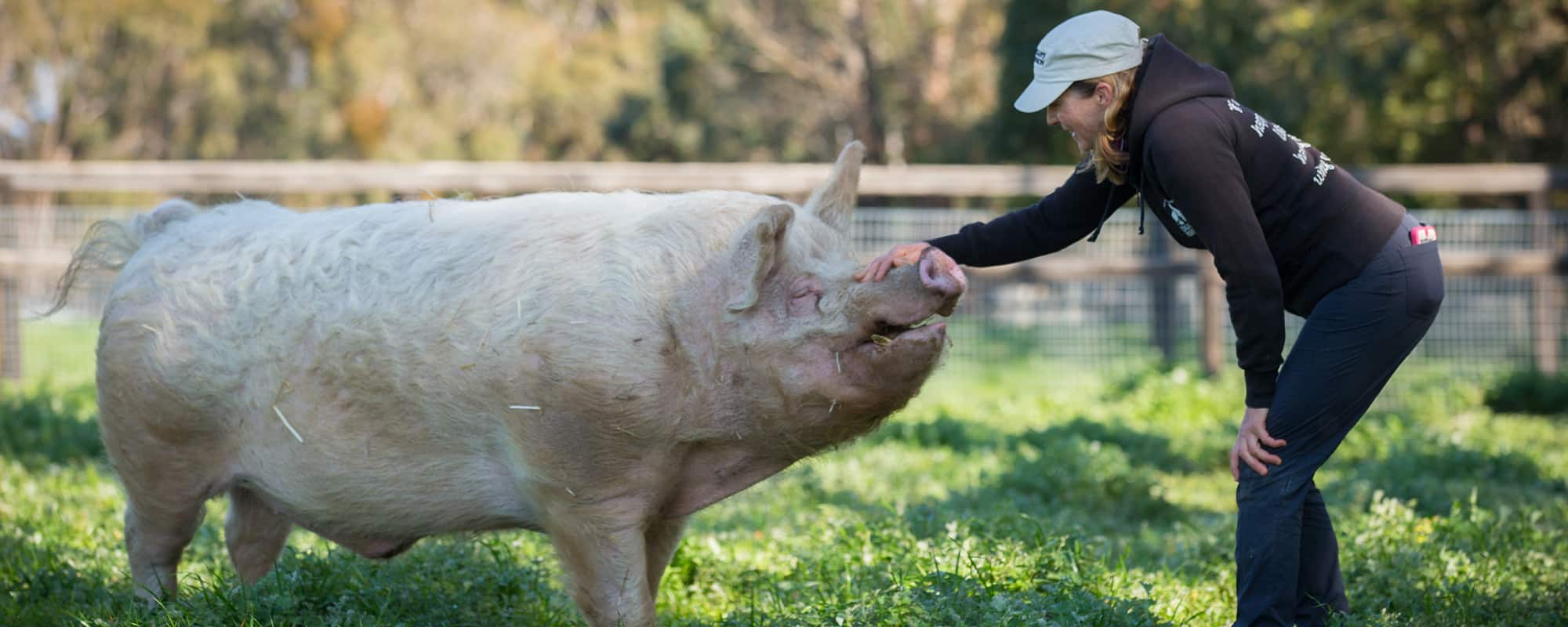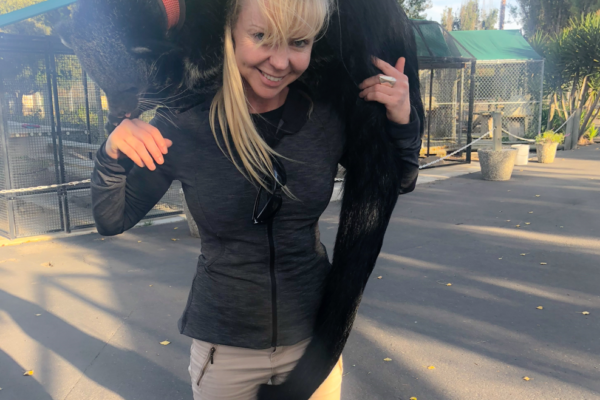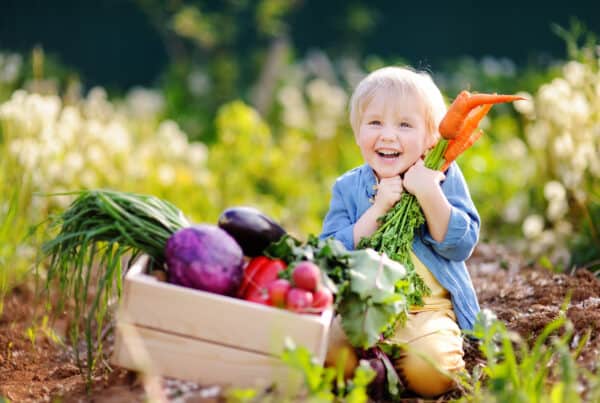Edgar’s Mission is an Australian not for profit sanctuary for rescued farmed animals ‘that seeks to create a humane and just world for humans and non-humans’. The human behind it, Pam Ahern joins us, along with animal behaviourist Shae Holden, to discuss the importance and benefits of being kind to animals.
Pam, you’ve dedicated your life to being kind to Animals – can you tell us about Edgar’s Mission, Be Kind to Animals Week and why you started them?
As a wee tot, I can still remember my mum whispering “be kind” as my hand stretched out to pet our family cat, Tiny. Sage words that still guide my hand and heart today, reminding me that every being who treads, swims or flies upon this earth wants, needs and responds to kindness. Because although they may look different on the outside, inside we are all the same.
Growing up as I did, surrounded by animals in my family home, my heart and more often than not my bed, Edgar’s Mission seemed a natural progression from this.
However, to be honest I never thought I would have landed where I am today. All I wanted to do as a small child, apart from playing with our family’s pets, was to ride horses.
I was fortunate to be able to go on and do this and, to my surprise, incredibly so, winning countless awards across the country including the prestigious Garryowen Trophy at the Royal Melbourne Show on two occasions.
I was living my dream, or so I thought.
Then in 2003, something big happened in my life, something that would change everything. Actually, it wasn’t so much a something as a someone, and that someone was Edgar Alan Pig. He trotted into my life for a photoshoot to raise awareness about the plight of pigs in this country.
The photoshoot was to prove life changing for both of us – as Edgar gently tugged on his lead and my heartstrings. It was through watching people’s interactions with Edgar that got me thinking – the very best ambassadors for changing the way people think about the animals who are farmed for food and fibres – are the animals themselves.
And so, the sanctuary began – to provide a safe haven for those farmed animals we have been able to rescue from situations that would have otherwise claimed their lives, whilst providing a much-needed voice for those animals who will sadly never know kindness.
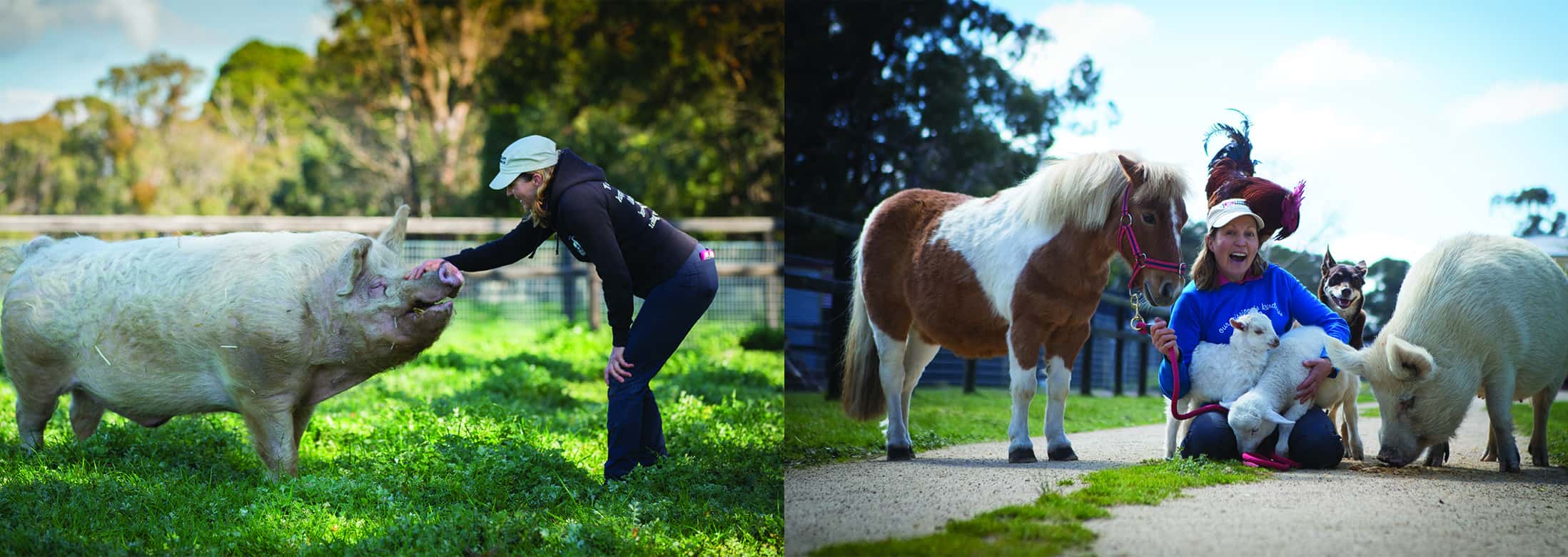
Be Kind to Animals Week has become an offshoot from the work of Edgar’s Mission, that seeks to inspire kindness for all animals. And although we know one should be kind to animals 365 days a year, this dedicated week is a platform for people to pause in their busy lives and thoughts, and consider animals. Not just the animals who have traditionally shared our hearts and homes, but animals everywhere, from native animals, farmed animals and aquatic kinds as well.
With so many different types of animals in the world that are so often overlooked, and sadly as a result they do not enjoy the best of lives. From habitat destruction and pollution of their worlds to the cruel, legal and brutal treatment of others. Yet, the answer to many of these problems is as simple as us humans extending a hand of kindness to animals, people, and the environment.
Be Kind to Animals Week is a great opportunity to help make kindness contagious in our community, as studies have shown those who witness kindness are more likely to do kind acts themselves. As kindness not only benefits the recipient but the giver as well (‘cos kindness feels good), it really is the gift that gives twice.
How can I show kindness to animals?
Pam says “The best place to start is to ask yourself: how does the choice I am about to make impact on animals? Whether the products purchased have been tested on animals or result from practices that ruin or pollute habitats and environments, whether the foods consumed involve animal suffering, or whether the entertainment to be engaged in could be harmful to animals.
And if you want to step it up and flex your kindness muscle a tad more, there are so many ways you can do this. From picking up litter, volunteering at an animal rescue organisation or fundraising for them, reading and researching about animals and using that knowledge to speak up for them, writing a letter to the editor or a change maker on behalf of animals, and get handy and help out a disadvantaged member of your community because we are animals too!
It really is up to us to be the change we wish to see in the world. As beings of great power, we too can exercise great kindness. Seeing ourselves in others, human and non-human, is the best way to make the kindest choice.”
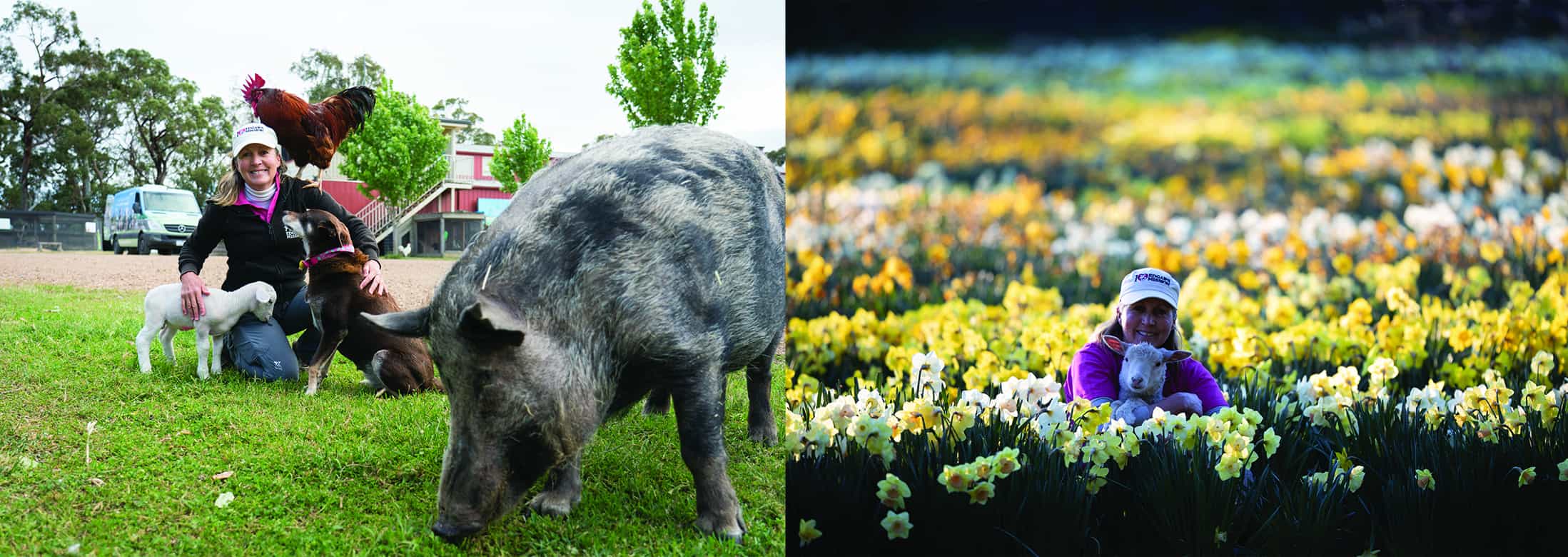
Pam, what are some of the MANY benefits of being kind to animals?
1. Bradley Miller said, “Teaching a child not to step on a caterpillar is as valuable to the child as it is to the caterpillar.” This is indeed so true. Children have a natural empathy for animals, fostering this will only make them more compassionate and caring adults. Kindness really is our greatest muscle, the more we exercise it, the more it will grow and strengthen.
2. Kindness feels good for both the receiver and the giver. Science too supports this! It is known as the “helper’s high”. It is what happens when the neurotransmitter serotonin, floods our system after being released within us when we do and receive good things. There are other health benefits too. Kindness reduces one’s anxiety or feelings of stress and nurtures our hearts inside and out. This is through the release of the hormone oxytocin that helps dilate our blood vessels improving blood flow and so too lowering blood pressure.
3. As beings of great power, this too comes with great responsibility. It is up to us to exercise great kindness as we empathise and care about those around us. This sense of “oneness” we have with the world is indeed what will ensure all of our survival on this planet. Animals, as vulnerable beings, are so at our mercy. We can, and humans have sadly done, unkind things to animals. Some deliberately, some not so. But all this can change through the simple act of being kind to them.
4. Kindness really is contagious. Studies have shown that those who witness kind acts are more likely to be kind to others themselves. How inspirational is that?
5. And lastly, as my mother always said – “It is the right thing to do.”
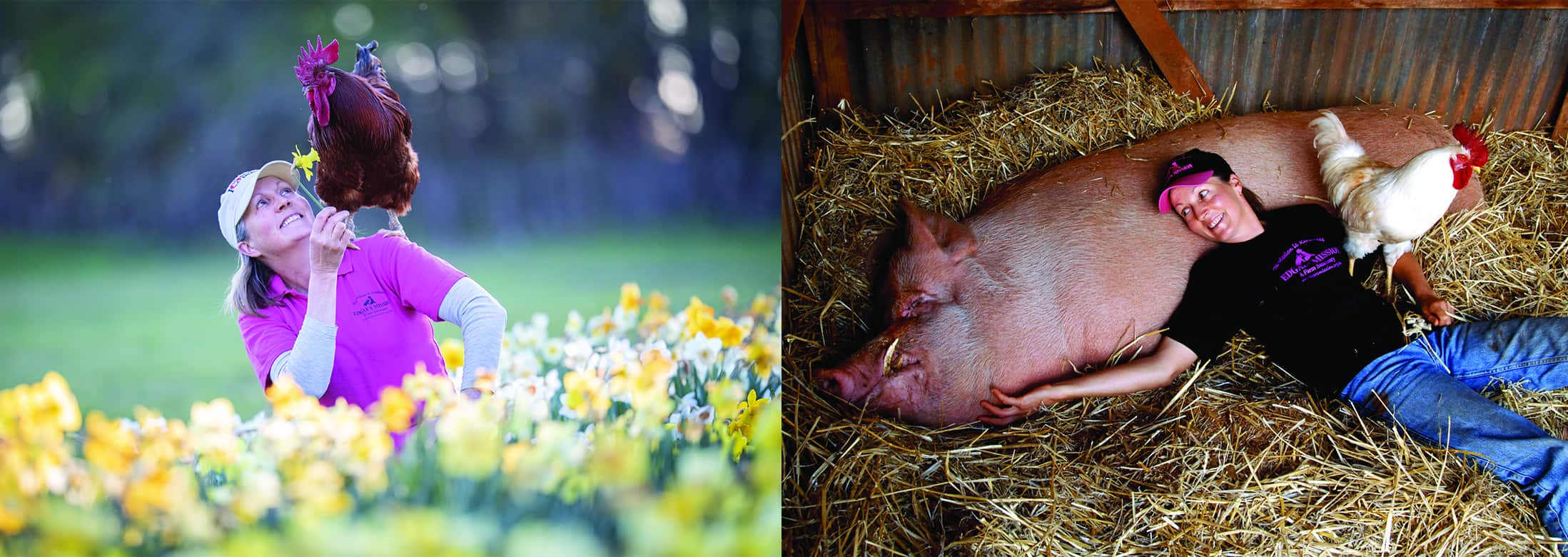
Shae, do animals have emotions?
The short answer is YES! You only have to look at a dog’s wildly wagging tail when their beloved human comes home to greet them, or see a piglet flop on its side and close their eyes when getting a tummy rub, or feel the vibration from a cat’s purr when they sit on your lap. Animals display emotions all the time, the key is being able to recognise and interpret the animal’s behaviour and feelings.
Animals express their emotions through subtle (and not so subtle) body language and they are always giving us signals on how they are feeling. It is whether we can understand the language the animal is trying to communicate to us with. Animals tell us how they are feeling all the time, but we often miss the subtleties or misinterpret it altogether. If you take a moment to truly observe an animal and their antics, you will start to see just how they communicate their emotions to you.
How do I know what my pet is feeling?
Shae explains, “The best way to learn how to read your pet’s feelings and emotions is to observe their body language and cues. We instinctively know when our pet is fearful as they exhibit obvious body signals (cowering, tail between the legs, ears down). We find these body cues easy to understand, but what about feelings of anxiety or not having enough personal space or meeting new people and animals?
The key is to “know” your pet. Begin to study when they show signs of contentment, looking relaxed, when they vocalise – is it for attention or to alert you to something? The more you know your pet, the easier it is to interpret what they are trying to tell you through their body language. If in doubt, don’t force anyone or anything on your pet, give your pet the opportunity to choose it. If you see your pet hesitate in any given situation, it is saying it feels unsure so be patient and give them time to investigate it. Always use positive reinforcement as your “go to” when introducing new things or training your pet and most of all, treat your pet with kindness as you are their family and they are trying to communicate to you every day.”
Shae Holden is an Animal Training and Management consultant. She has worked extensively in Australasia and overseas (including USA, China, Vietnam and Jordan) within animal institutions, facilities and film production companies. Her animal training experience is vast and she has worked with marine animals, elephants, bears, big cats, birds, hyena, wolves, primates, pigs and dogs.
How can I get involved in Be Kind to Animals Week?
Head to www.bekindtoanimalsweek.org.au and take the pledge to get your free Kindness Kit, plus tips and recipe inspiration in your inbox during the week. You’ll also go in the draw to win a free hamper of ethical goodies. The Kindness Kit has 21 steps to Kindness, from easy things you can do now, to long term actions that will make a world of difference. Find the steps and more information at kindnesskit.org.au
For more with Pam and Shae on being kind to animals, tune into Episode 114 of the PakMag Parents Podcast

